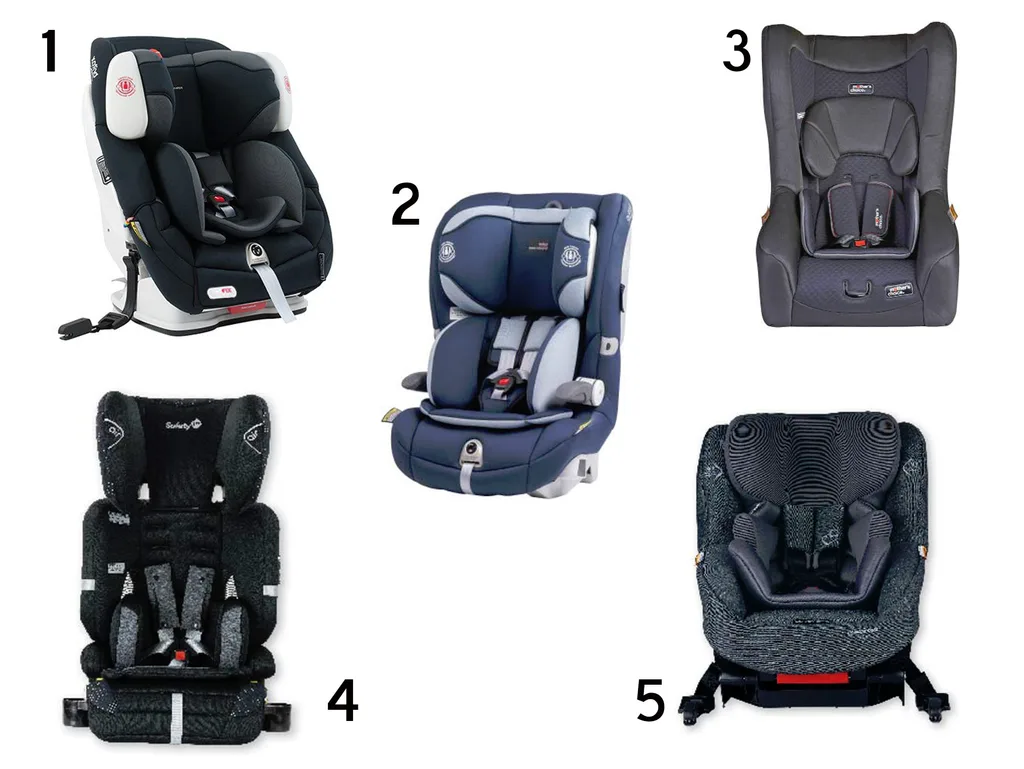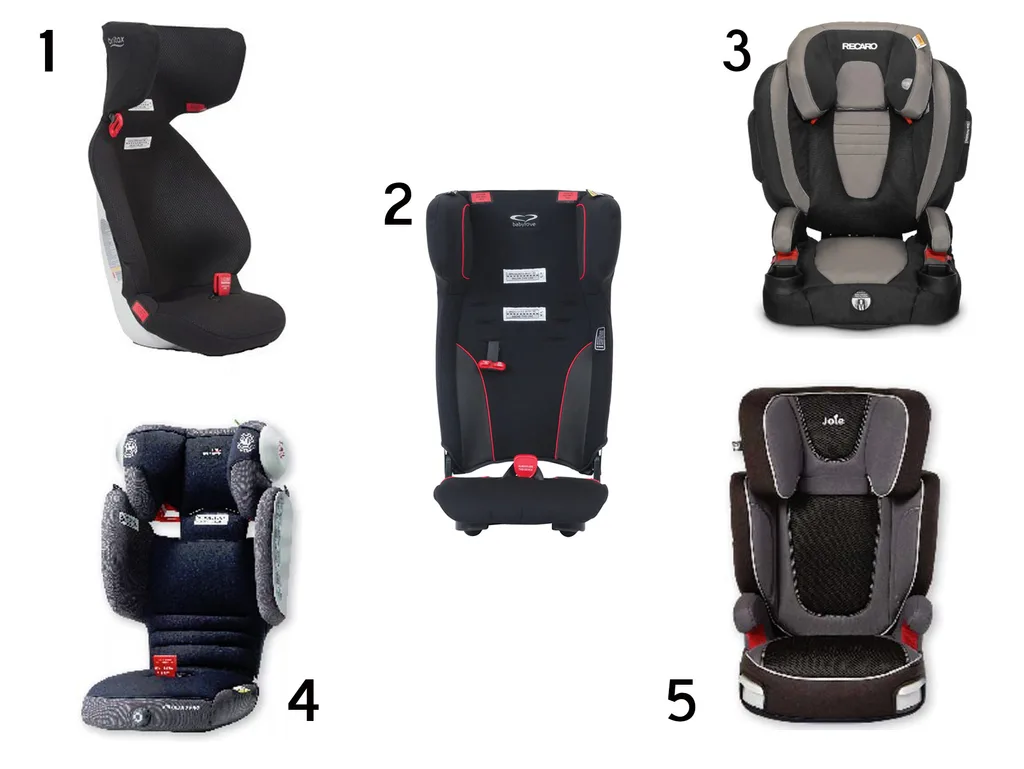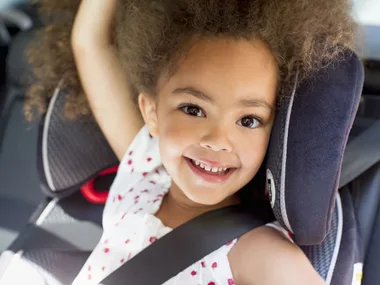Whether you’re driving your kids to and from the shops, play dates or soccer practice, you’ll want them to arrive safe and sound.
But if your kids are starting to outgrow their infant or toddler seats, it may be time to start shopping around for a more suitable car restraint.
With child weight, size and height limits to consider as well as the variety of restraints on offer, it can be a confusing and daunting exercise. Where do you start?
Read on and we’ll help you make the right choice.
READ NEXT: Baby’s first words list
When should my child switch from a car seat to a booster seat?
From the time you drive them home from hospital up until the time they’re ready to use an adult seatbelt, it will be your job to ensure they are in the correct car restraint.
Every child is different, but as a general rule, it’s recommended that you only move them up when they no longer comfortably fit their current child car seat.
Most children will be required to travel in a car seat or booster seat until they’re about 10 to 12 years old.
Safety guidelines
As important as the type of car or booster seat is, ensuring that it’s correctly fitted and adjusted is equally as critical to safety.
According to Britax, car crashes are one of the leading causes of child death in Australia, yet around 70 per cent of our smallest travellers ride in child restraints that are not fitted or used correctly.
Requirements vary between the states and territories, but all child car restraints are required to meet the Australian Standards (AS/NZS 1754), which covers materials, design, construction, performance, testing and labelling.
As a general rule, buying or using hand-me-down second-hand car or booster seats is not recommended because older models may no longer comply with current safety standards.
However, if you are leaning towards a second-hand model, ensure it’s never been in a car crash, isn’t more than six years old, doesn’t display any cracking or fraying and can be safely installed in your car.
READ NEXT: When can my baby face forward in a car seat?
The best car seats of 2017

1. Britax Safe-n-Sound ‘Platinum Pro’ car seat, $759. Suitable from birth to approximately 30 months (rear-facing) or 12 months to four years (forward-facing).
2. Britax Safe-n-Sound ‘Maxi Guard Pro’ harnessed car seat, $500. Suitable from approximately six months to eight years.
3. Mother’s Choice ‘Easy Fit’ convertible car seat, $169. Suitable from birth to approximately 12 months (rear-facing) and 12 months to four years (forward-facing).
4. Safety 1st ‘Prime AP’ car seat, $299. Suitable from approximately six months to eight years.
5. Maxi-Cosi ‘Vela’ convertible car seat, $549. Suitable from birth to approximately 30 months (rear-facing) and 12 months to four years (forward-facing).
The best booster seats of 2017

1. Britax Safe-n-Sound ‘Tourer’ booster seat, $89. Suitable from approximately 4 to 8 years.
2. BabyLove ‘Ezy Move’ booster seat, $79. Suitable from approximately 4 years to 6 to 8 years.
3. Recaro ‘Performance’ booster seat, $369. Suitable from approximately 4 years to 8 to 10 years.
4. Britax Safe-n-Sound ‘Kid Guard Pro’ booster seat, $399. Suitable from approximately 4 to 10 years.
5. Joie ‘Trillo’ booster seat, $199. Suitable from approximately 4 to 8 years.
The minimum legal requirements in Australia by age group:
• Babies under six months must use a rearward-facing child restraint with an inbuilt harness.
• Children aged between six months and four years must use a rearward-facing or forward-facing child restraint with an inbuilt harness.
• Children aged between four and seven years must use a forward-facing approved child restraint with an inbuilt harness, or an approved booster seat with a fastened and adjusted seatbelt or a child safety harness.
• Children aged seven years and older can use a child restraint or adult seatbelt depending on their size. If your child is too small for the child restraint specified for their age, they should be kept in their current child restraint until it is safe for them to move to the next level.


